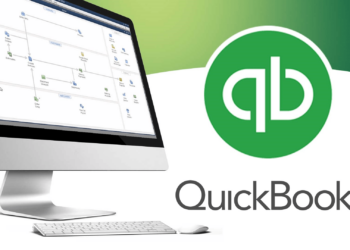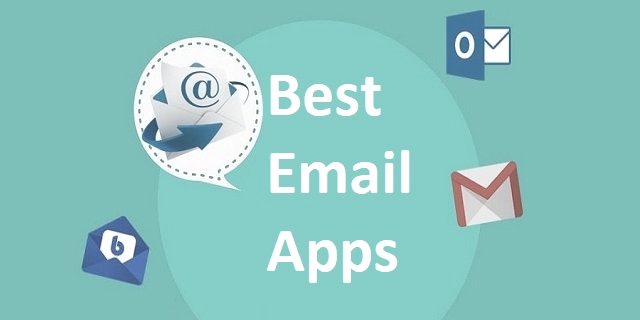Identity access management (IAM) is a framework for IT processes that manage the use of digital identities. A digital identity is simply information used by an information system to represent an external entity. These are most frequently user identities tied to specific user accounts protected with security measures like login IDs and passwords. An identity management system can be installed on-premises, but it’s more common today for them to be part of a cloud-enabled SaaS package.
Identity management is crucial for businesses and for any organizations that deal with sensitive data or need certain resources and applications kept secure. As technology advances, so do the methods of those with ill intent, and a reliable identity management system helps to ensure credentials are kept safe and dramatically reduce the chances of a data breach. In fact, approximately 74% of data breaches are caused by credential abuse, so proper access management should be a top priority. Here are some of the most important reasons your organization needs IAM.
Improved Security
Naturally, the greatest benefit is that IAM keeps your organization secure. By only granting user access to resources and information to the right people at the right times, you cut down on opportunities for data to leak. People around the world say that they’ll refuse to buy from a company that has a data breach go public, not to mention the additional harm that could be caused by data making it into the wrong hands. There are a few different systems identity management can employ for the authentication and authorization of users.
Single Sign-On: SSO is a component of some identity management systems that allows users to log in to multiple applications and resources with a single user ID and password. This is great for reducing password fatigue, and it means your organization has fewer sets of credentials that can be compromised. While SSO could theoretically allow for a single point of failure in security, encrypting your passwords and changing them regularly keeps the chances of this incredibly low.
Multi-factor Authentication: This is an authentication process that requires two or more sets of credentials. An example could be a username and password paired with an employee smart card. Access to advanced privileged may require a biometric scan. It’s simple enough to add a second factor to any single sign-on system to make it more secure as well.
Privileged Access Management: PAM provides users only with the bare minimum access they need to complete their current task. This is generally determined by a role-based access control system that assigns users roles based on their position. For example, entry-level employees will have different levels of user access compared to managers and administrators. This type of authentication ensures users never access information they aren’t meant to.
Enhanced Performance
Automated identity management saves a great deal of time since manually assigning roles and levels of access can be extremely time-consuming. It also lets you assign a single employee with appropriate access to oversee and prioritize operations. For example, an unsupervised network of printers in an office setting would be both inefficient and would risk leaking important information. Having all prints pass through a single machine, supervised by one employee with secure access, ensures prints are done efficiently and that the information is only seen by those meant to see it.
Confidential Data
Confidentiality can be just as important as general security, especially for a business that regularly collects and uses customer data. Not only could a breach of customer information cost you trust with your target audience, but it would also put your organization in violation of government regulations. With IAM, you can be confident that your business is abiding by best practices and that you’ll have a team of technicians keeping watch on your data around the clock.
















